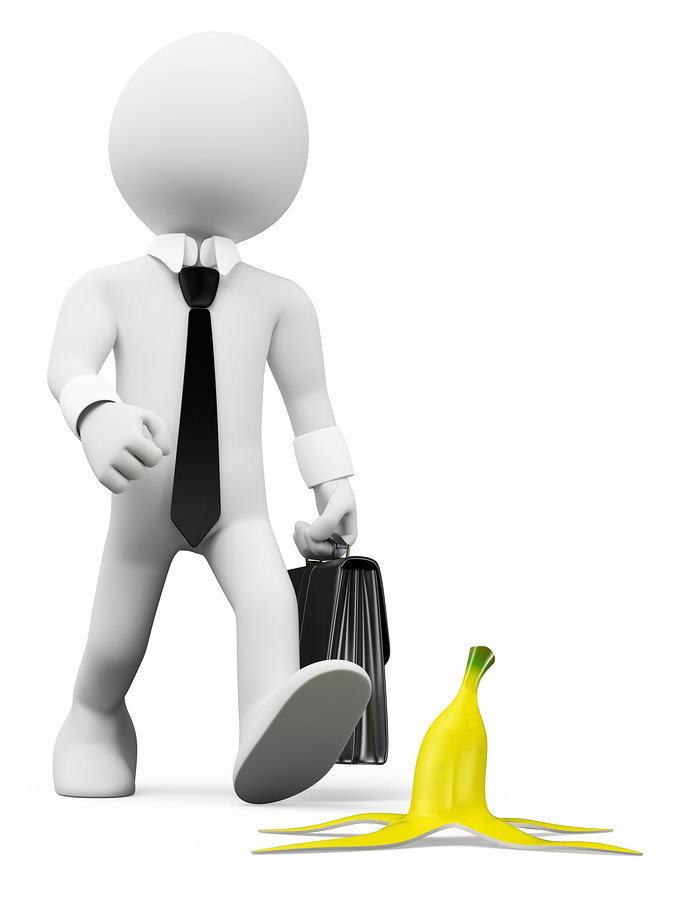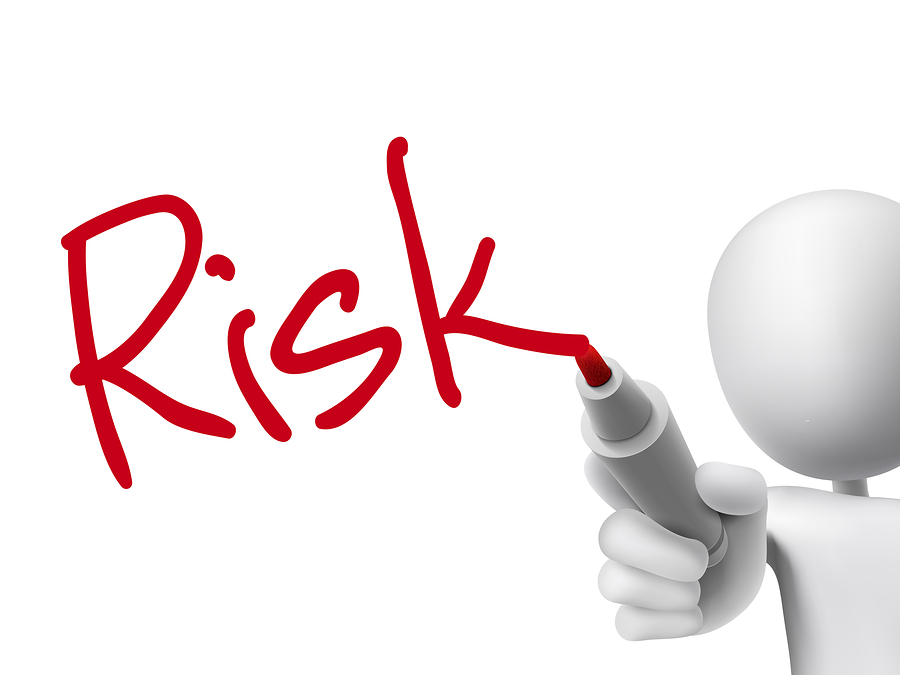“Back when I was in school, I had to walk six miles to get there, both ways, uphill, in the snow…”
We’re seeing more and more Millennials working in higher profile positions in the promotional products industry. The stories of how much easier the younger generation has it now are as inevitable as the passing of the torch itself. Better technology, communication resources, speed to market – the list of how things are better for the new workforce goes on and on.
No matter how old you are, you’ve likely been told that yourself. Whether you were born before or after the invention of the microwave and color TV, those coming before you always had it harder. In many ways, things were a lot less safe back then, too. While you may not expect to hear this, that may not have been all that bad, and there is research to back that up.
 Don’t get me wrong, I’m not suggesting that you immediately stop worrying about lead levels in children’s products, or BPA in drinkware, just to ratchet up your risk thrills. I’m simply suggesting you do what working with a good product compliance program always does – learn to manage risk. It could be that the Millennials moving to leadership positions in our industry haven’t been exposed to enough personal risk. Child-development experts now say decades of dumbed-down playgrounds, fears of lawsuits, combined with stifling helicopter parents, have led to generic equipment that offers little challenge.
Don’t get me wrong, I’m not suggesting that you immediately stop worrying about lead levels in children’s products, or BPA in drinkware, just to ratchet up your risk thrills. I’m simply suggesting you do what working with a good product compliance program always does – learn to manage risk. It could be that the Millennials moving to leadership positions in our industry haven’t been exposed to enough personal risk. Child-development experts now say decades of dumbed-down playgrounds, fears of lawsuits, combined with stifling helicopter parents, have led to generic equipment that offers little challenge.
Kathryn Hirsh-Pasek, a professor in the department of psychology at Temple University, told the Wall Street Journal, “We don’t give our children enough roaming space to help them test their limits or to help them become confident in their physical skills. Sometimes when we protect people too much they never learn to take healthy risks.”
In my generation, we didn’t give a second thought to steep slides with short side rails, merry-go-rounds, and jungle gyms, and I’m pretty sure that the paint on my crib sides had lead in it. I turned out alright, even though of course I touched the top of the stove just to make sure it was as hot as my mom said it was. According to the Center for Disease Control, 200,000 children under 14 are now treated for playground injuries each year – the Consumer Product Safety Commission says more than 60 percent of those treated were because of falls or faulty equipment. But Ellen Sandseter, a professor and early childhood health advocate, published an article in Evolutionary Psychology suggesting that the advantages outweigh the risks of injuries, and that a child hurt in a fall before age nine is actually less likely to fear heights later in life. Sandseter says, “it’s important that play environments are as safe as necessary, not as safe as possible.”
 There are parallels here to business decisions you make when sourcing product: “safe as necessary” means for the intended product group, for the intended use, and meeting regulations applicable for the state that it is being sent to. The fact is that you can’t test every product, in every shipment, from every factory, there would be no way to justify the cost in our price-driven industry. How and when to test to mitigate risk – has your company experienced enough failure to know? It’s really a business decision that’s made after weighing all the risk factors balanced against cost and margins.
There are parallels here to business decisions you make when sourcing product: “safe as necessary” means for the intended product group, for the intended use, and meeting regulations applicable for the state that it is being sent to. The fact is that you can’t test every product, in every shipment, from every factory, there would be no way to justify the cost in our price-driven industry. How and when to test to mitigate risk – has your company experienced enough failure to know? It’s really a business decision that’s made after weighing all the risk factors balanced against cost and margins.
One at-home risk we don’t want you to take is furniture tip-overs. Every 24 minutes in the U.S. a child is treated in an emergency room for injuries from furniture tipping or falling TVs. That’s why the Quality Certification Alliance has joined with the U.S. Consumer Product Safety Commission (CPSC) to support Anchor It!, a national public education campaign aimed at preventing child deaths and injuries from furniture and TV tip-over incidents.
QCA has joined 20 organizations that have signed on to become Anchor It! Advocates and Community Leaders. The CPSC is working in collaboration with Walmart, Safe Kids Worldwide, Kids in Danger, the American Home Furnishings Alliance, and many more, including QCA. The relationship that our industry has with the CPSC is an important one, and when QCA was asked to help support Anchor It!, we were more than happy to do it. You can learn more about the campaign here.
How about you, have you had the opportunity to learn by being exposed to risk? We’d love to hear about your experience! Share your comments with us below.
Jeff Jacobs has been an expert in building brands and brand stewardship for more than 35 years. He’s a staunch advocate of consumer product safety and has a deep passion and belief regarding the issues surrounding compliance and corporate social responsibility. He recently retired as executive director of Quality Certification Alliance, the only non-profit dedicated to helping suppliers provide safe and compliant promotional products. Before that, he was director of brand merchandise for Michelin. As a recovering end-user client, he can’t help but continue to consult Fortune 500 consumer brands on promo product safety when asked. You can also find him working as a volunteer Guardian ad Litem, traveling the world with his lovely wife, or enjoying a cigar at his favorite local cigar shop. Follow Jeff on Twitter, or reach out to him at jacobs.jeffreyp@gmail.com.